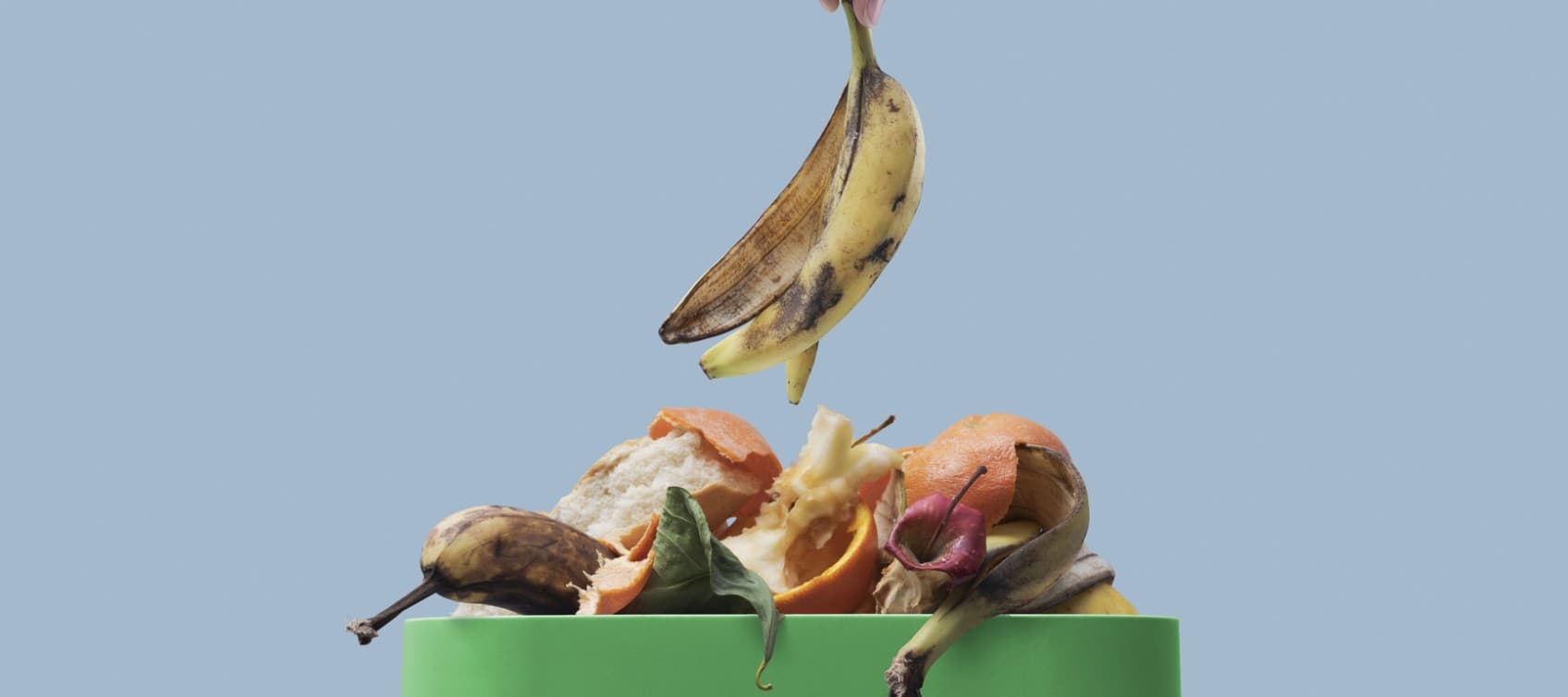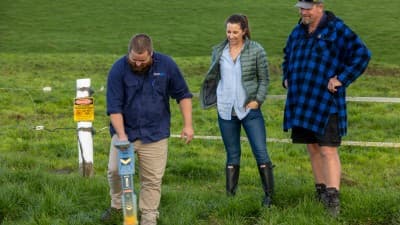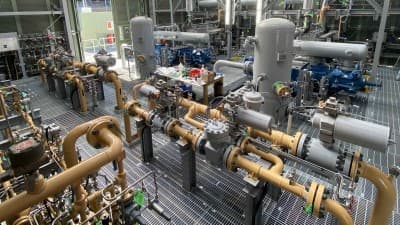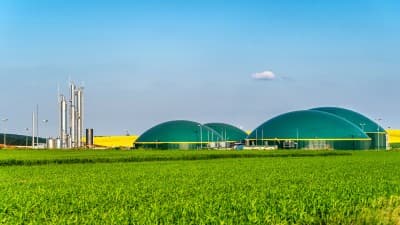There’s huge potential for biogas in New Zealand – from energy to waste to agriculture, it can make a big contribution to our emissions-reduction efforts.
When the team at Clarus wanted to quantify the potential of biogas, we set out to discover the numbers. Along with Ecogas and Powerco, in 2023 we commissioned an independent report from Blunomy, a consultancy specialising in the energy transition.
The final report, Vision for biogas in Aotearoa New Zealand, found that biogas can not only help us reach our emissions targets but also add value to our economy.
Nearly tripling the amount of biogas produced in New Zealand
Blunomy estimated biogas production in Aotearoa at 4.9 petajoules (PJ) each year. That comes from anaerobic wastewater and organic waste treatment, plus some agricultural manure processing. How big could biogas get? There is 9.5PJ of untapped potential in the North Island, with an additional, 9.1PJ in the South Island, for a total of 18.6PJ – nearly triple the current generation.
The benefits of embracing biogas for New Zealand include:
- An emissions reduction of 3.7 megatons of CO2-e by 2050.
- Producing high-quality, nutrient rich digestate which would reduce our dependence on imported fertiliser.
- Improving farmers’ business resilience, by reducing their operating costs and diversifying their revenue.
- Enhancing the reputation of New Zealand’s food exports thanks to a boost in environmental credentials.
- Stronger security thanks to having more onshore energy generation.
- Less waste in our landfills.
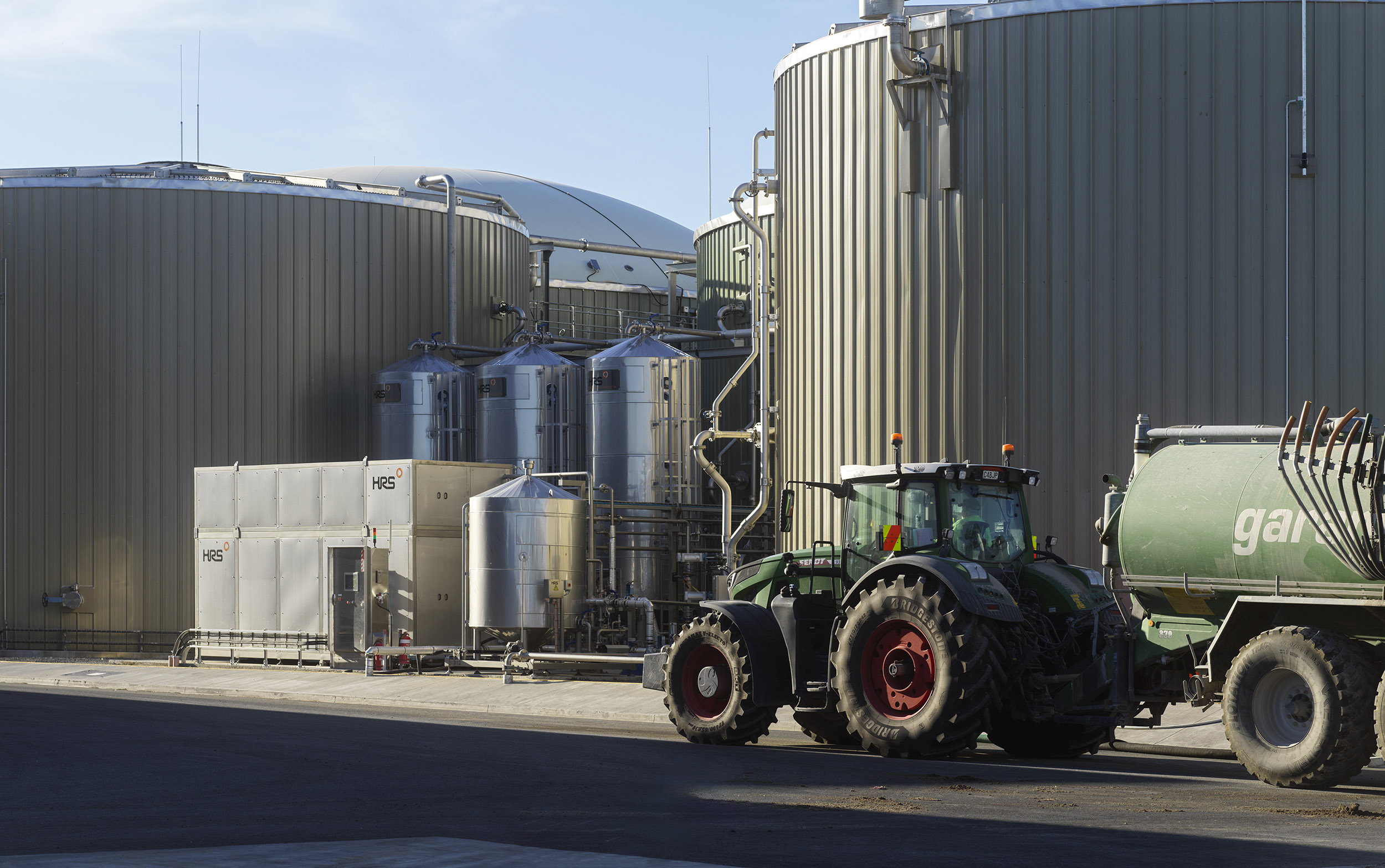
Anaerobic digesters at the Ecogas’ Reporoa Organics Processing Facility
Tackling high levels of waste to landfill
We send a huge amount of waste to landfill – the third highest in the OECD’s 2019 Global Waste Index. The report found that we send 3.8 megatons (Mt) of waste to landfill each year, and that’s set to increase to 5.8Mt by 2050. The target is to reduce the 2050 total to 2.5Mt, and one way to achieve that is to expand food waste collection and processing.
By turning food waste into biogas and biomethane, we cut waste to landfill and generate a renewable source of energy. In the first six months of the Auckland food scrap collection scheme, nine million kilograms, or 9,000 tonnes, of food scraps were sent to the Ecogas plant at Reporoa. The Auckland Council said in 2023 that it was on track to collect over 35,000 tonnes in the first year.
Some of that biogas produced by that food waste is refined by our First Renewables biogas upgrade facility and piped back into the Firstgas pipeline.
Expanded to its full capacity, the Blunomy report estimates that biogas production would create up to 6,000 jobs, reduce emissions, cut costs for farmers and produce enough biomethane to meet up to 36% of 2022 industrial demand.
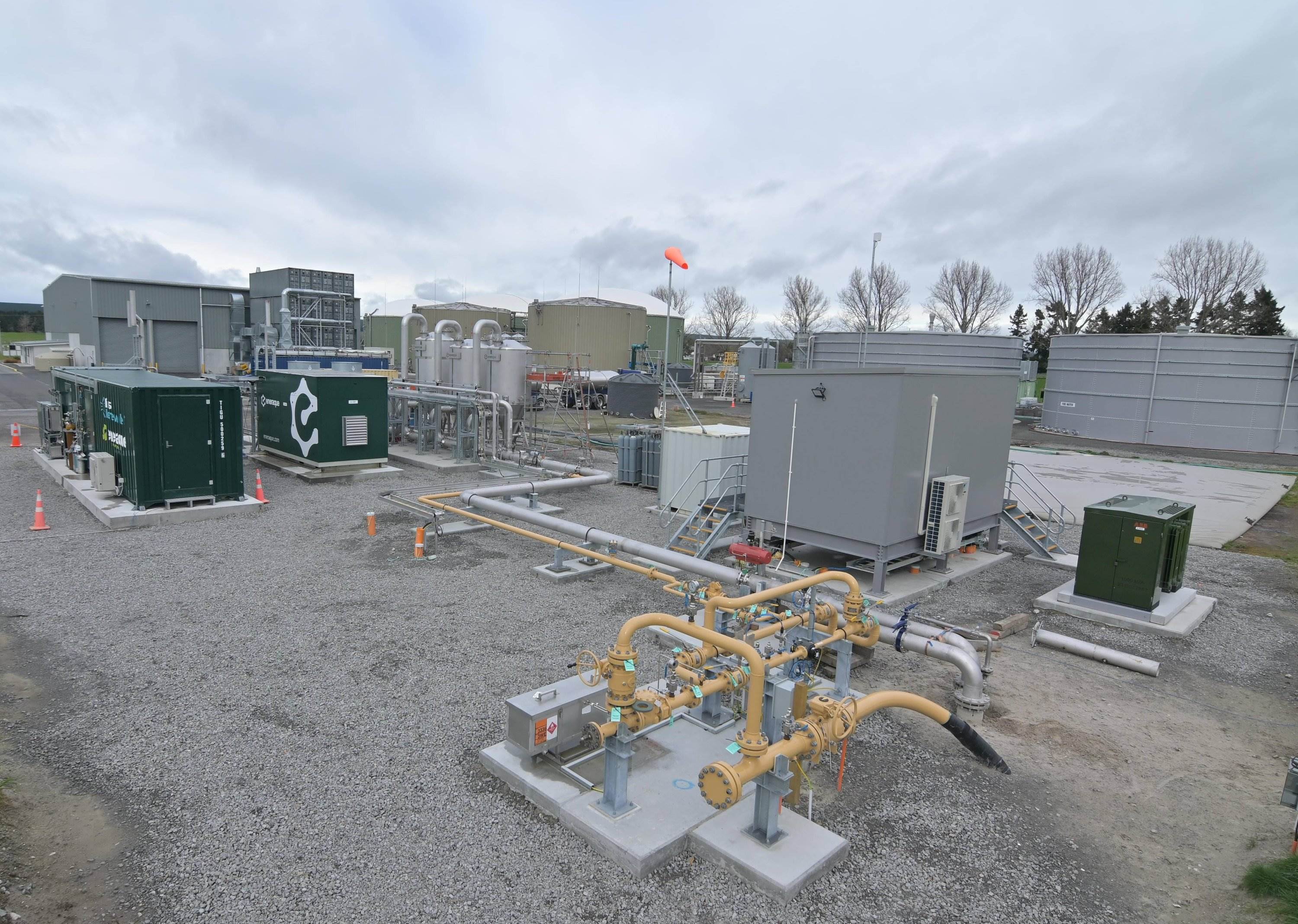
First Renewables biomethane upgrade facility
How can we grow a vibrant biogas industry?
- There are some actions we can take to develop our biogas industry, according to the report, including:
- Incentivising farmers and industries to find ways to turn their organic waste into renewable gases.
- Aligning waste collection and processing to reduce organic waste going into landfill.
- Support local uptake of digestate and renewable carbon dioxide.
- Finding ways to fund the development of biogas and biomethane projects.
- Assess the regional job creation potential, to show what could be achieved in each area.
- Streamline the approvals process for biogas and biomethane projects.
- Improve public knowledge about biogas and biomethane, for example, to help people understand the benefits of sending food scraps to be processed.
For our First Renewables team, biogas and biomethane are a vital part of the renewable energy picture in New Zealand. Our plant at Ecogas Reporoa Organics Processing Facility is a New Zealand first, but we hope it will spearhead many more similar operations. This work fits alongside our other renewables projects such as the Tauhei Solar Farm and hydrogen blending pilot in Te Horo.
To learn about how Firstgas, part of Clarus, is supporting the transition to a net carbon neutral New Zealand, visit Future of gas.

